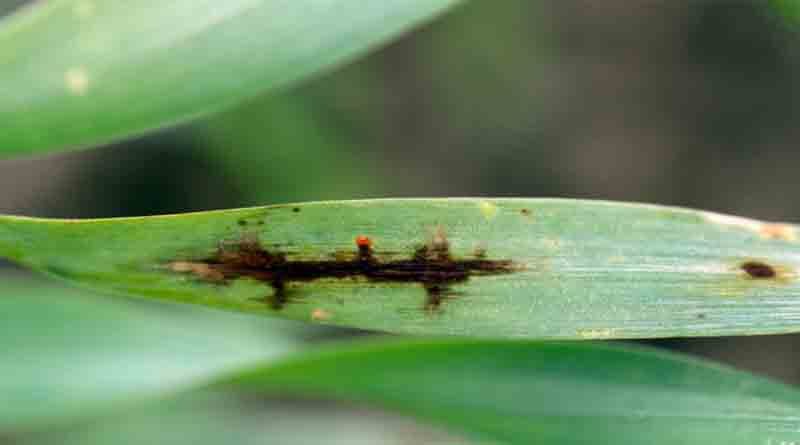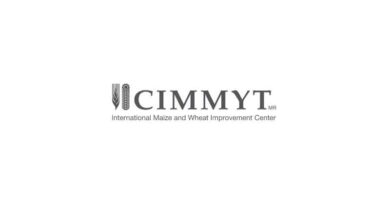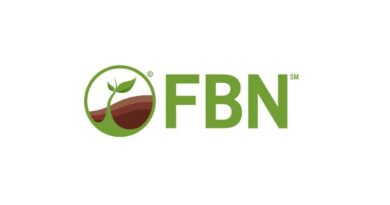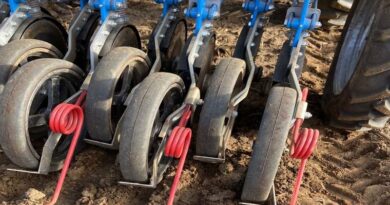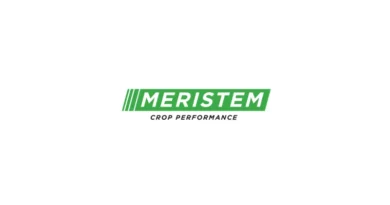Net Blotch Management in Australian Barley
06 August 2022, AU: We’ve all heard of Net Blotch but most of us have struggled to control it in the past. Once those pesky dark blotches appear on barley leaves, you know things can become difficult from here on out. Fortunately, there are some key points to manage and reduce symptoms and help minimise yield and grain quality reduction.
There are 2 strains of net blotch, Spot Form Net Blotch (SFNB) and Net Form Net Blotch (NFNB). Both are closely related and have the potential to cause significant yield loss if the crop becomes infected. Increase in barley production across the country has tightened the barley rotation and caused the disease to become more widespread, particularly in medium to high rainfall areas.
Before planting barley it is important to understand the disease resistance of your particular variety of barley. Sowing guides are available to give an indication of disease risk amongst certain varieties and this should be a go to resource pre-season. The information in The NSW Winter Crop Variety Sowing Guide is updated each year and provides fantastic variety specific detail. Most States in Australia will provide something similar to give you basic information on pre-sowing decisions for your region.
Once you understand your variety susceptibility, it is important to understand the paddock risk. Avoid double cropping barley in the same paddock as the inoculum will survive on the stubble and reinfect the subsequent crop. The surviving spores on the stubble are also spread by wind, so it is important to monitor crops grown adjacent to last year’s barley stubble as these crops are considered higher risk to developing the disease.
Once the decision has been made on variety and paddock it is important to apply a fungicide at the point of sowing. Seed dressing such as Systiva® have a registration for management of net blotch and in furrow fungicides should also be considered.
Effective use of foliar fungicides
Before applying foliar fungicides it is important to understand how the disease works. Net Blotch is what is considered a necrotrophic disease, meaning the infected plant tissue eventually dies. Most fungicides have limited translocation (movement) within the plant. However, when the tissue dies (which is the case with net blotch), no translocation occurs meaning it is very difficult to get fungicide into the site of infection.
This reinforces the importance of understanding the risk profile of the variety and the paddock and if there is risk of infection, foliar fungicides should be applied before visible symptoms appear within the crop. Consult your local agronomist to pre-determine a growth stage for application. An application of around GS1-32 is generally recommended, but this will vary depending on the risk profile, seed treatment, weather conditions etc..
When it comes to application, rotating modes of action is important as net blotch has shown to build resistance to certain fungicide groups. There are a number of products which hold a registration for control or suppression of net form and spot form of net blotch. Ensure you read the product label carefully to determine the fungicide is effective on the form of net blotch you are looking to control, it is also important to check withholding periods.
Consult your local agronomist for timing, rates and product but research has found that propiconazole, prothioconazole, azoxystrobin and epoxiconazole based fungicides have shown to provide better efficacy on net blotch than tebuconazole based fungicides. To get a better understanding of fungicide activity Crop Life Australia provide a great table to reference. Keep in mind that if the disease is already present in the crop, suppression is only likely and a second application may be required in high rainfall areas.
Grain Research & Development Corporation (GRDC) is continuing their work in determining the resistance profile of the disease, if you believe you have a resistance problem get in contact with your agronomist ASAP to determine the strategy moving forward.

